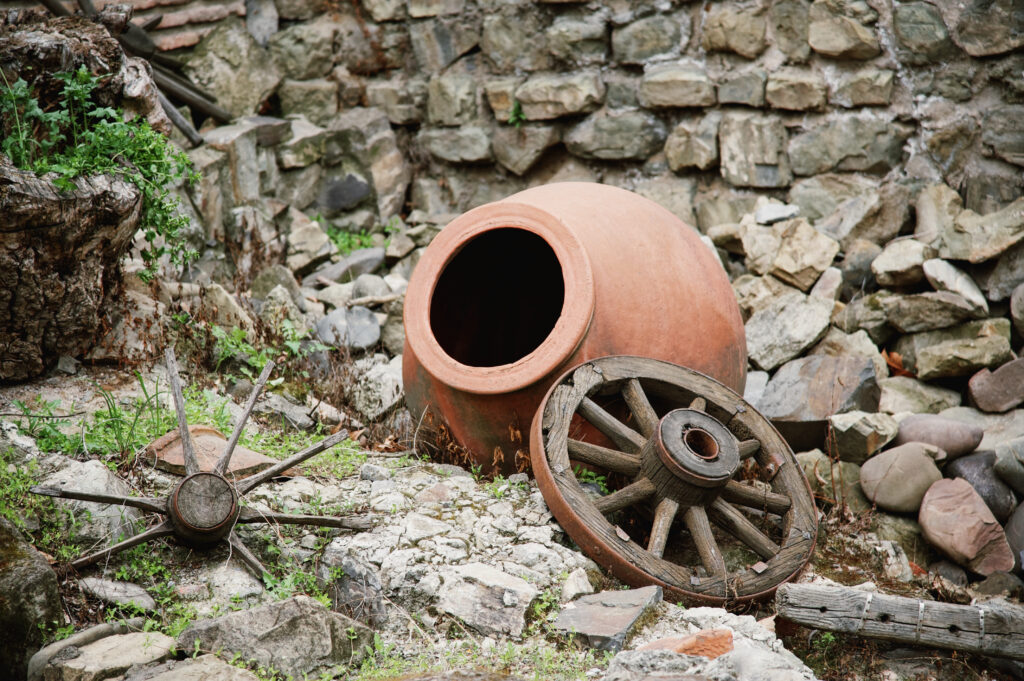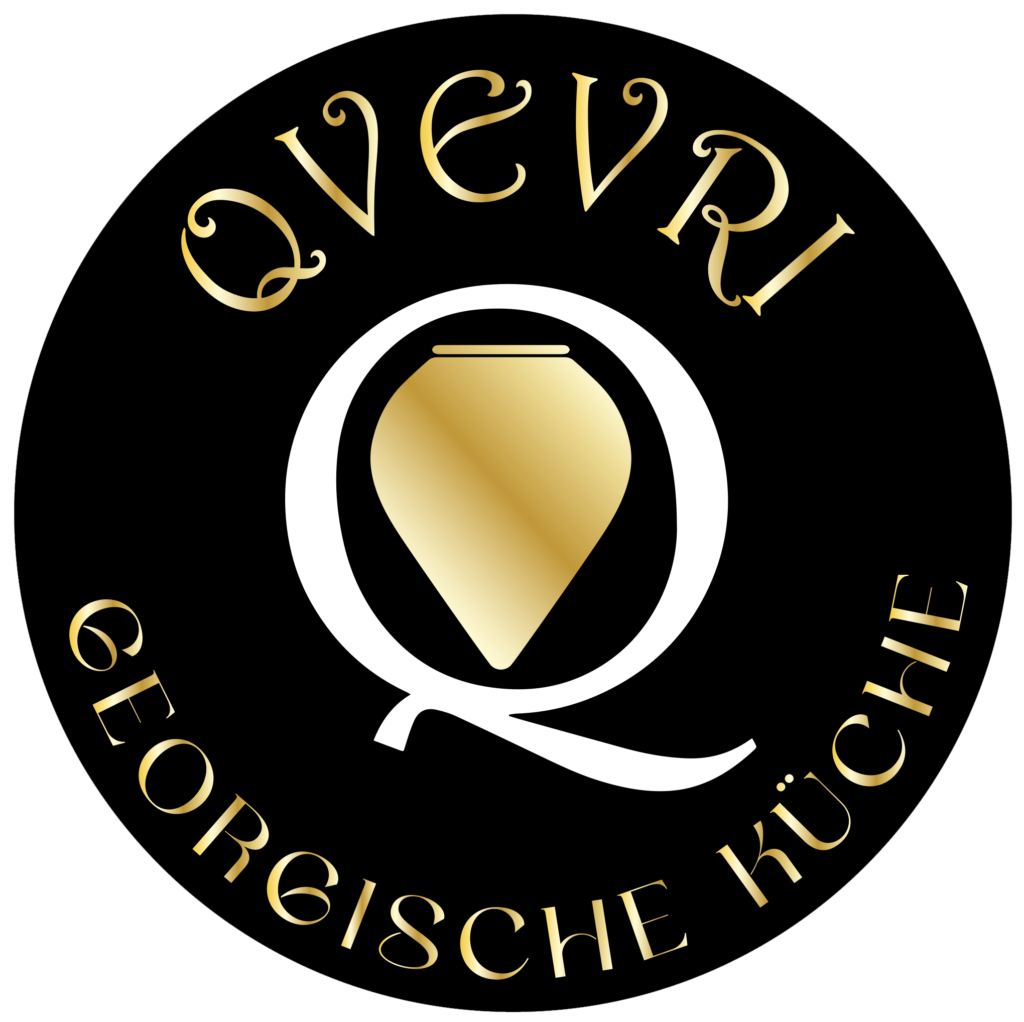
Qvevri: The Ancient Georgian Art of Winemaking
In the hilly landscapes and green valleys of Georgia, a country at the crossroads between Europe and Asia, an ancient tradition of winemaking continues. This tradition has not only shaped the culture and history of the region but has also captured the imagination of wine enthusiasts worldwide. This tradition revolves around the Qvevri, a distinctive clay vessel used for the fermentation, storage, and aging of wine—a method that dates back over 8,000 years, making it one of the oldest winemaking techniques in the world.
The Qvevri: A Testament to Craftsmanship
The Qvevri, a large, egg-shaped clay vessel, is the heart of this traditional winemaking process. Ranging in size from a few hundred to several thousand liters, each Qvevri is crafted by experienced artisans using a unique blend of clay. The vessels are hand-formed, a meticulous process that can take several weeks. After shaping, the Qvevris are fired in large kilns. This step hardens the clay and prepares the vessels for their essential role in winemaking.
After firing, the interior of the Qvevri is often coated with beeswax, a natural treatment that helps control the porosity of the clay and prevents unwanted flavors from seeping into the wine. This combination of natural materials—clay and beeswax—is fundamental to the unique characteristics of Qvevri wine and imparts a distinct terroir deeply rooted in the Georgian landscape.
The Winemaking Process: Harmony of Nature and Tradition
The process of making wine in a Qvevri is a testament to the harmony between human tradition and nature. The Qvevris are buried up to their necks in the earth, a practice that utilizes the earth’s natural temperature control to ensure optimal conditions for fermentation and aging. After the grape harvest, the entire grapes—including skins, stems, and seeds—are placed into the Qvevri. Then, the Qvevri is sealed, usually with a wooden lid and clay, and the magic of fermentation begins.
A distinctive feature of Qvevri winemaking is the extended skin contact, which can last several months. This method gives white wines a deep amber color, leading to the term “amber wines” often used to describe them. The skin contact also contributes to the robust tannin structure and complex flavor profile of the wine, making Qvevri wines a unique and cherished discovery for wine lovers.
The Role of the Qvevri in Georgian Culture
In Georgia, the Qvevri is more than just a winemaking vessel; it’s a symbol of the country’s enduring connection to its history, land, and traditions. The significance of the Qvevri and the traditional winemaking method it supports is reflected in the communal nature of Georgian wine culture. Winemaking is often a family affair, a gathering of generations, and a celebration of community.
In recognition of its cultural significance, UNESCO has included the traditional Georgian Qvevri winemaking method in its list of intangible cultural heritage, highlighting the importance of preserving this ancient practice. Today, as the world of wine embraces natural and traditional methods, the Qvevri tradition is experiencing a renaissance. Winemakers in Georgia and beyond are exploring the unique qualities these ancient vessels can impart to wine.
Conclusion
The Qvevri stands as a proud emblem of Georgian winemaking heritage, a link to the past, and a vessel of future possibilities. In every Qvevri lies not just wine, but a story—a story of the earth, of tradition, and of a people whose identity is inseparably linked to the rolling vineyards and the ancient vessels beneath them. As more people around the world discover the unique character of Qvevri wines, the story of this remarkable tradition continues to unfold, inviting wine lovers everywhere to be part of a journey that began thousands of years ago in the fertile soil of Georgia.
